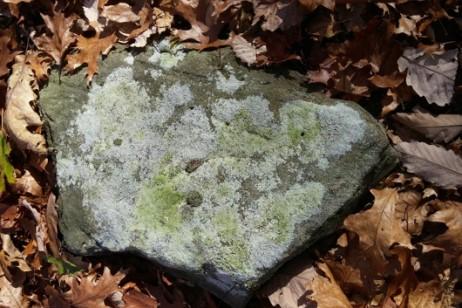
3 minute read
Becoming Legal (Again
Warren County Connection
Becoming Legal (Again)
Advertisement
By Rensselaer County Master Gardener Inge Eley
Recently, while playing cards, I listened to one of the card players praise the virtues of CBD oil, made from Cannabis. I had never heard of CBD oil, but I knew Cannabis was marijuana. I Googled CBD oil and found that it was made from hemp (not marijuana). Now, let me explain about nomenclature. Cannabis is the genus name, but there are many species. As an analogy, all dogs are Canis(genus) familiaris (species), but we certainly know there are differences between dogs. A species is defined as a group of organisms that can breed with one another and produce fertile offspring. (We have a hard time envisioning a Great Dane and a Chihuahua mating, but both dogs could mate with something between their sizes, so they are both Canis familiaris. So, Cannabis is marijuana, but it is also hemp and many other plants. Hemp is C. sativa. CBD stands for cannabidiol and there are more than 100 different types of these molecules, nonpsychoactive.
Hemp has a long history of being a cultivated crop. It was grown by native Americans and the U.S. government encouraged planting and harvesting hemp through the 17th, 18th and 19th centuries. So, why is hemp grown? According to my dictionary, its tough fibers are used to make cordage. Checking on other usages for hemp, I found that tons of other materials come from hemp: cardboard, newspaper paper, oil, soap, shampoo, paint, varnish, fiberboard, rope, clothing and many, many more.
I said that cultivation of hemp was encouraged through the 19th Century. What happened in the 20th and 21st centuries? The psychoactive properties of marijuana were so threatening that the U.S. government passed the Marijuana Tax Act in 1937. This act forbade the growth of any Cannabis. Recently (2018), however, Cannabis is making a comeback, and it is currently legal in some So, why are some enthusiastic about CBD oil? There are many health claims being made for it, including improved sleep, reduction in blood sugar, better heart function and a calming effect. (Editor’s Note: Check with your doctor before taking any form of medication).
It is an oil, so how do you use it? Put it on your skin? No! It comes in a small bottle supplied with a dropper. You put a drop under your tongue and hold it there for a few seconds and then swallow. One final comment on the differences between the two Cannabis plants: the psychoactive chemical in marijuana is tetrahydrocannabinol (THC). Hemp must contain less than 0.3% THC, whereas marijuana may contain up to 30% THC. With marijuana becoming legal in more and more states, this whole article may soon be an irrelevant topic.
For more on Cornell’s hemp research efforts, visit: https://hemp.cals.cornell.edu
(Continued from page 1)
grocery stores.
Berries can be stored in their original container in the refrigerator for up to a week, or washed and frozen in a freezer container for later use. They do not need to be thawed before using them in a recipe. In addition to the traditional jelly or sauce, cranberries can be used for pies, muffins, quick breads, puddings, and sherbets. Cranberry juice, both regular and sugar-free, has become a popular drink in recent years, especially in combination with other juices.
If you want to try growing some at home, you’ll need a cool moist soil with plenty of organic matter such as peat moss. One approach would be to make a “heath bed” for cranberries and other relatives of the heath family— lingonberries, lowbush blueberries, even rhododendrons. Mix roughly equal parts of peat moss and potting soil, keep the bed acidic with pelletized sulfur (amounts according to a soil test or soil test kit you can purchase inexpensively), and feed lightly with soybean meal. Bogs aren’t really needed for home growing, just keep plants well-watered.
Grown in full sun, cranberries will make an attractive and low maintenance evergreen groundcover under a foot high and 2 to 3 feet wide.




